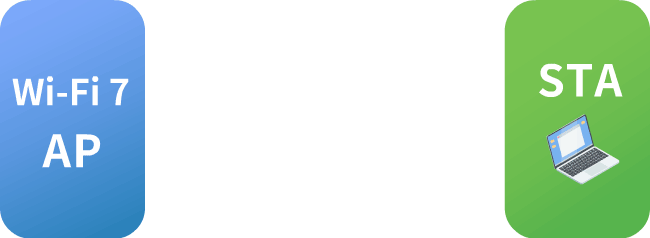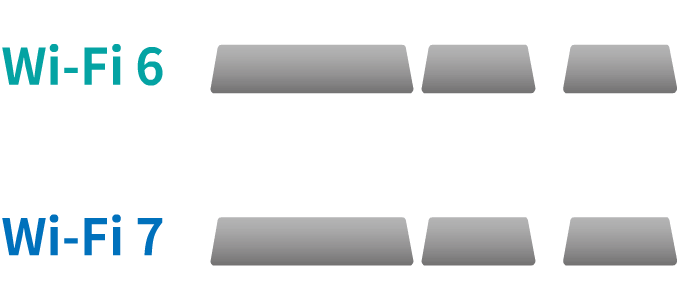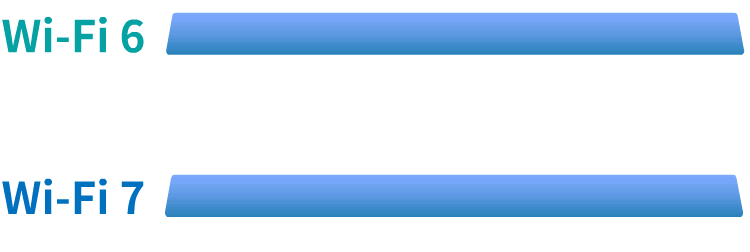【Technical Knowledge】Wi-Fi 7 Evolution Seven Major Features
Nov 21, 2024

What is Wi-Fi 7?
Wi-Fi technology, based on the Institute of Electrical and Electronics Engineers (IEEE) wireless communication standard 802.11, has continually improved. Wi-Fi Alliance introduced simplified generational names to help users identify devices with the latest Wi-Fi technology. The current generation of Wi-Fi, based on the IEEE 802.11ax standard, is known as Wi-Fi 6, which includes devices that can operate in the 6 GHz band, referred to as Wi-Fi 6E. But in early 2022, MediaTek first released a demonstration of Wi-Fi 7 and then followed by Qualcomm and Broadcom. What is Wi-Fi 7? Wi- Fi 7 is a new technology still in development, a new specification for WiFi devices based on the 802.11be Extremely High Throughput (EHT) draft released in May 2021.
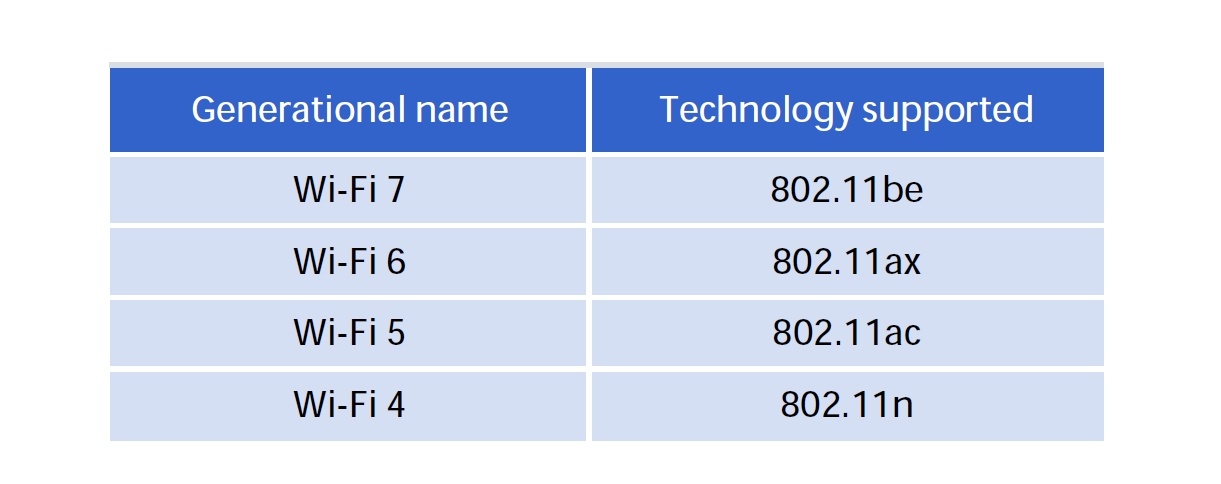

Wi-Fi be (Wi-Fi 7) is an amendment of 802.11, building on IEEE 802.11 ax, with extra fast speed and wider bandwidth than the previous generation. The maximum throughput exceeds to 30Gbps at least and with low latency which are targeted for the applications such as Augmented Reality (AR), full immersion Virtual Reality (VR), gaming and cloud computing. Besides, the modulation and MIMO technologies are also improved.
Features of Wi-Fi 7


Tri-band Operation—more channels and less congestion
Following the footsteps of Wi-Fi 6E, the 802.11be standard defines operation in the 2.4 GHz, 5 GHz, and 6GHz. Channels in 6GHz are only occupied by Wi-Fi apps currently and thus congestion in 6GHz are less than 2.4GHz and 5GHz.
Support 320MHz wide channels In the 6 GHz band, the 802.11be standard adds support for extra-wide 320 MHz channels. The channel width expands to 320 MHz that allows to double the PHY data rate compared to using 160 MHz channels. The 6 GHz band supports up to 6 overlapping 320 MHz channels and 3 non- overlapping channels. |  |
Advanced level of modulation—4096 QAM By increasing the modulation rate to 4096 QAM, 12 bits of data are encoded per OFDM subcarrier. It allows more data crammed into each Hz and results in a peak PHY data rate increased by 20% over 1024 QAM. |
 |
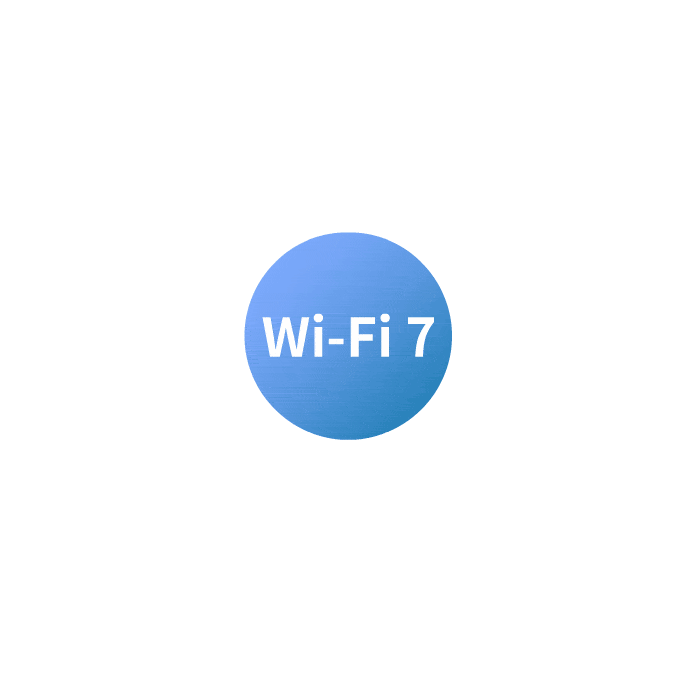 | More Spatial Streams and Enhanced MIMO Wi-Fi 7 doubles the number of spatial streams from 8 to 16 an d improves spectral efficiency by supporting 16 *16 Downlink and Uplink MU-MIMO. |
| Multi-Link Operation Multi-Link operation enables link aggregation at the MAC layer. Through MLO, access points and stations will be provided with the capabilities to transmit and receive data from the same traffic flow over multiple radio interfaces. For example, devices will be able to transmit and receive on both the 5 GHz and 6 GHz bands simultaneously. This feature results in greater throughout, higher reliability and low latency. |
| Multi-RUs of Wi-Fi 7 Wi-Fi 7, the latest advancement in wireless technology, introduces Multi-RUs to revolutionize bandwidth efficiency. Unlike Wi-Fi 6, where a single user could utilize only one Resource Unit (RU) at a time—often leaving others underutilized—Wi-Fi 7 enables devices to leverage multiple RUs simultaneously across different frequency bands or within the same band. This innovation significantly boosts bandwidth utilization and elevates data transfer rates while reducing latency. As a result, Wi-Fi 7 delivers superior performance, especially in high-density environments, paving the way for faster and more reliable connectivity. |
Advanced level of modulation—4096 QAM By increasing the modulation rate to 4096 QAM, 12 bits of data are encoded per OFDM subcarrier. It allows more data crammed into each Hz and results in a peak PHY data rate increased by 20% over 1024 QAM. |  |
Multi-RUs Puncturing Multi-RUs and puncturing are highly effective individually in reducing channel interference and enhancing transmission speeds. Together, they maximize resource and channel usage rates, ensuring efficient and reliable connectivity for multiple users. |
|
